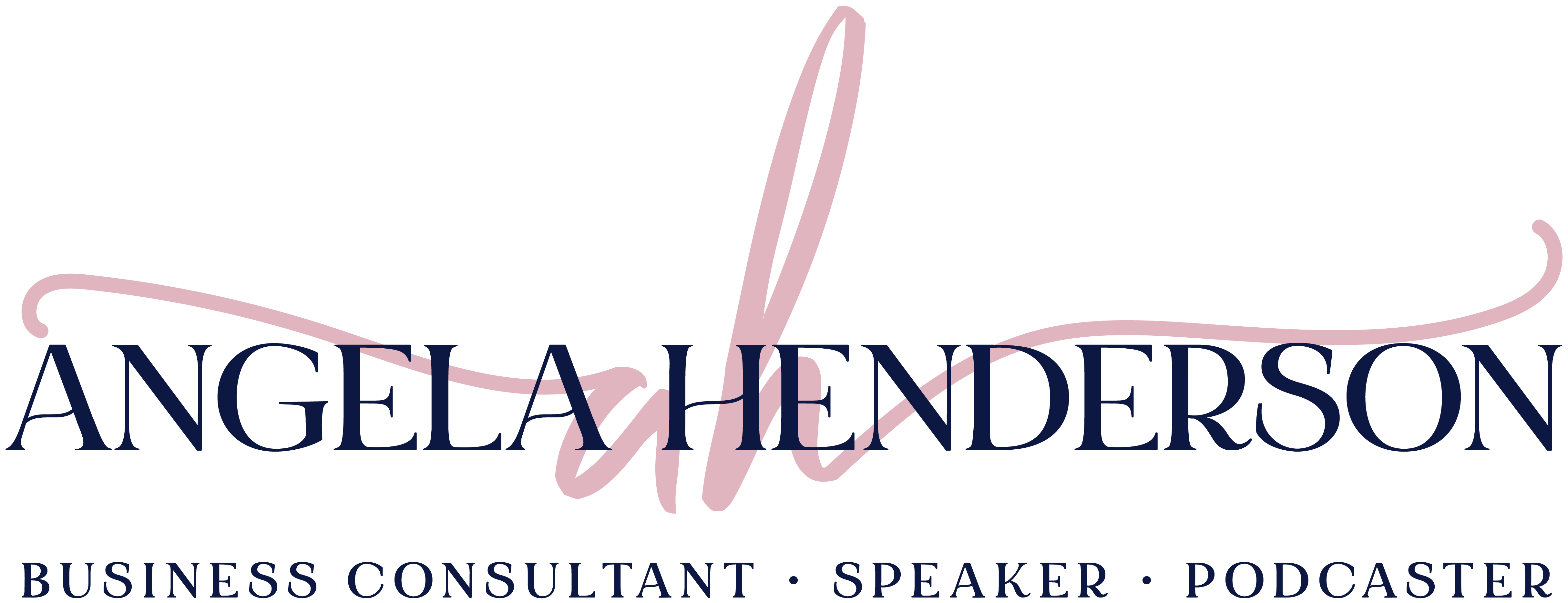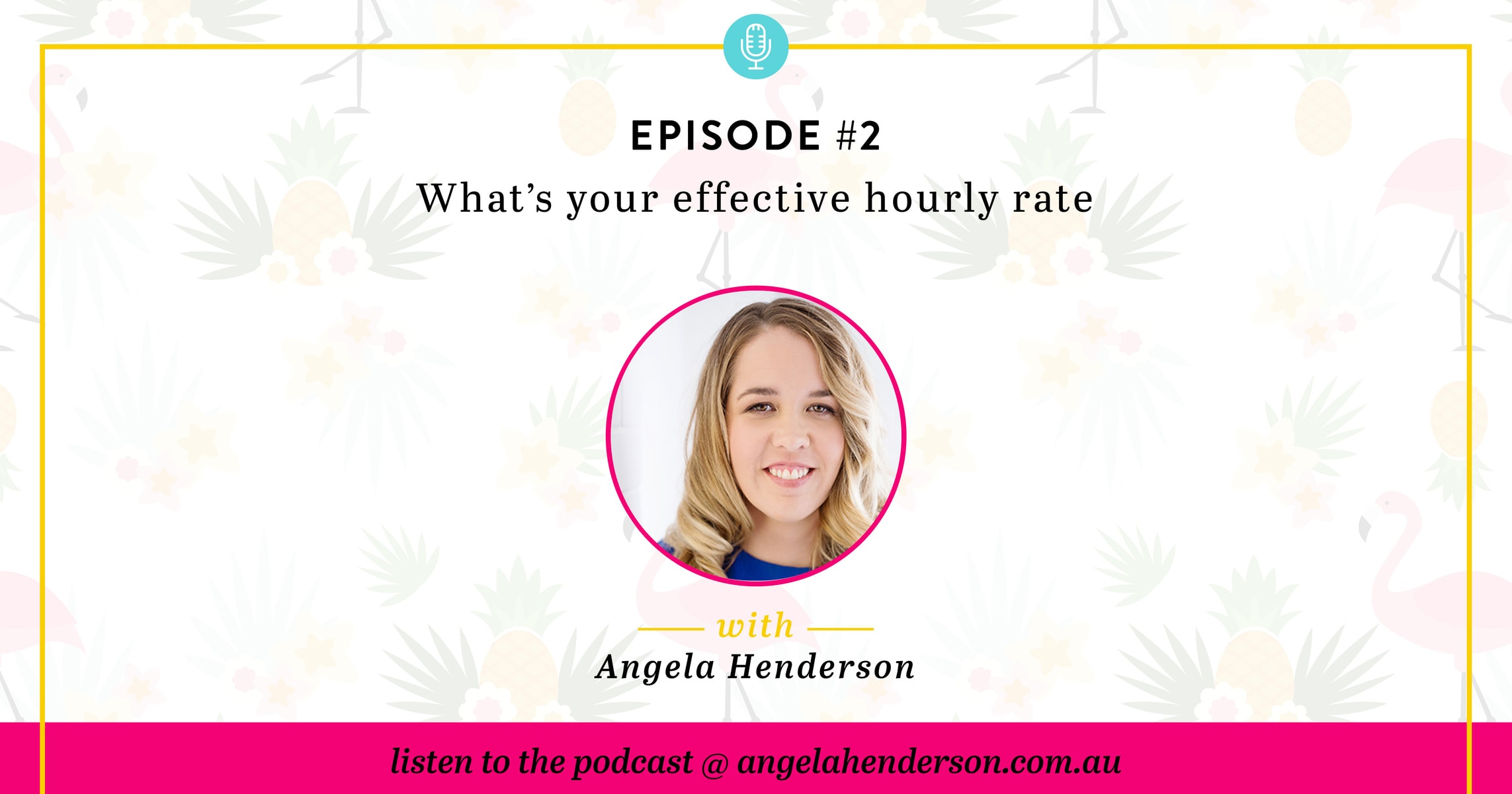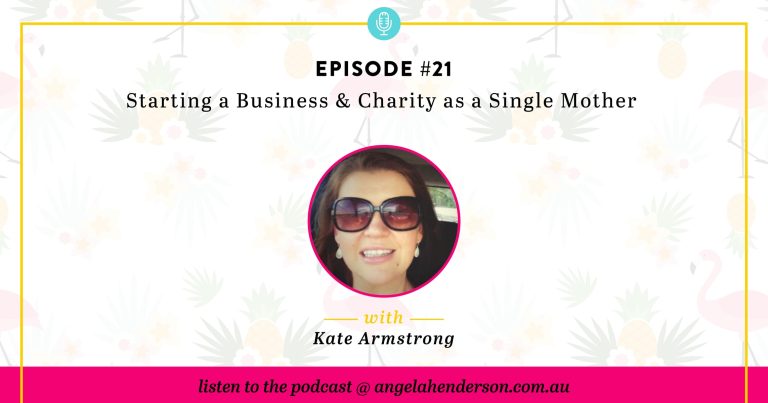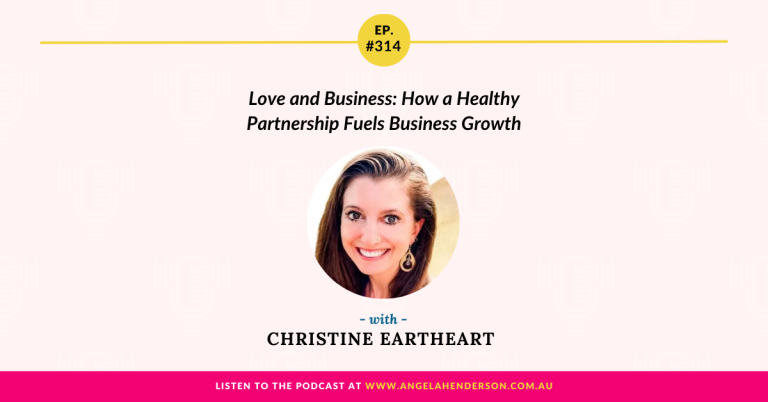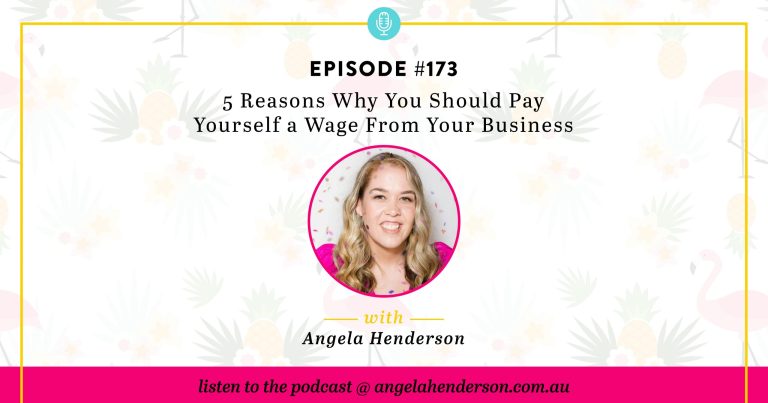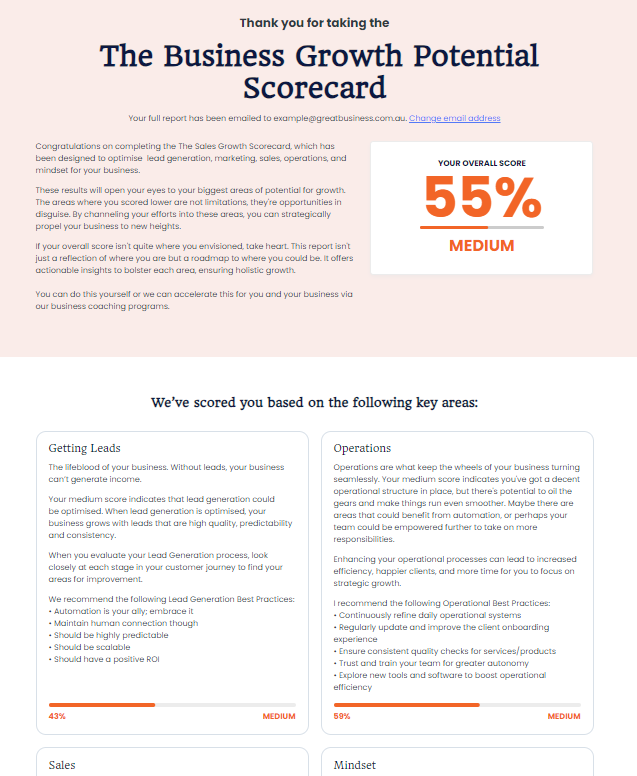In this episode, we discuss the value of knowing our effective hourly rate in business so we can find ways to work less and make more. I give you concrete business examples to show you perspectives of how disregarding this main metric affects our business. I encourage you to do the exercise of computing for our current effective hourly rate and making the changes needed to increase it and improve our business.
Links mentioned in the Show:
Book: Work Less, Make More – James Schramko
Prefer to read? Here’s the transcript:
You’re listening to ‘Business and Live Conversations’ with Angela Henderson podcast, episode number two.
Hey there, you’re listening to the ‘Business and Life Conversations’ podcast. My name is Angela Henderson and on this show we talk about improving your business, life or both by having amazing and rich conversations with brilliant guests. Who will inspire you and who will give you tips and tricks to help you grow both in life and in business.
Hey there, welcome back to the ‘Business and Life Conversations’ podcast and I’m your host, Angela Henderson from Angela Henderson Consulting. And I’m super pumped that you’re tuning in today. Now, I have a question for you. Have you ever thought about your effective hourly rate in business? Like, really thought about it? Have you sat down and crunched your numbers? Are you one of those people who kind of just wing it and go, “Yeah, my hourly rate’s $200. My hourly rate is $50. I got it, I don’t need to do this.”
I would bet my bottom dollar that you haven’t done this in a long time and that if you do sit down and listen to the next five to seven minutes of this podcast episode, you’re going to be amazed and learn a lot about actually what your effective hourly rate is. So, let’s jump in.
Last week I had to fly to Sydney for my content marketing event, I was pumped to have an hour and a half to myself on the plane with no kids, just me, myself and I. I had no one else to take care of. I decided on this plane ride that I was going to cosy up with my new book I’d received in the post, called ‘Work Less and Make More’ by my friend, James Schramko. Now, in this particular book he talks about one main metric you need to assess in order to really get to where you want to be, by working less and making more. And this metric is called the effective hourly rate, now this is a metric that I too use with many of my business consulting clients but I’ve always just called it your hourly rate.
However, in a minute you will see why by calling it your effective hourly rate is a much better option. Now you might be thinking, “What is Ange going on about, this effective hourly rate?” Let me explain what it actually is. In order to calculate your effective hourly rate, you need to do two things. One, you need to take the amount of revenue made in a month and subtract your costs. What you have left is your monthly profit. Now, divide your profit by the number of hours you worked in the month to get your overall effective hourly rate.
It’s simple but yet so many businesses are failing to do it, they’re too afraid to actually look at their numbers and see what that final hourly rate is. They’re scared of failure, some people are also scared of making too much money and not knowing what to do with it, it’s another type of block. So, whatever your block is, again, in just a few moments I want you to be able to sit down and actually look at with pen to paper your own effective hourly rate. But before we do that, let me give you some examples of how some of my clients have worked out their effective hourly rate.
Let’s say you make $5,000 a month in revenue, your fixed costs or some people would call them your overhead costs come to $3,000. That means your profit for this particular month is $2,000. However, most people in a regular nine to five job would work 40 hours a week and let’s face it, as entrepreneurs who are driven, creative and wanting big things, we probably work more on average to 200 hours a month. So, in this instance the profit was $2,000, the person is working 200 hours a month to achieve this profit and effectively that means their hourly rate is $10 per hour.
Another example is a client of mine who sells items at a local market, she was so excited by her last market that she emailed me to tell me the news. “Angela, the market was great today. I made $1,500. Can you believe it?” Now, I didn’t want to go and dampen her excitement, so I responded with, “Amazing, can’t wait to learn more in our next session.” Fast forward and our next session came, we spoke about the preparation for the market, the set-up of the market, what items she sold. Did she have a good location on the day, what was foot traffic like? Did the market owners do a good job at advertising? And then I spoke with her about her effective hourly rate. I explained to her that I was super excited and proud that she had brought in $1,500.00 on the day but I wanted to talk to her more in depth about what she had actually profited and what that equals from an hourly rate perspective.
So, her revenue for the market was $1,500 but her costs for the market was $200 for the stall fee, $60 for her worker that was there for a couple of hours, $600 was a cost in regards to her product that she was selling and $75 for the stall set-up costs. Her total expenses worked out to $935, leaving her with $565 worth of profit. I wanted to take that one step further from the time she left her house at six thirty in the morning and until she got home at around four thirty. She’d actually worked for ten hours, meaning the $565 worth of profit she had made for the day needed to be divided by the ten hours she’d actually worked. Which meant her effective hourly rate was $56.50, my client was shocked her hourly rate was that. She just assumed that she would take the $1,500 divide it by ten hours and that she would get $150 of her hourly rate. She didn’t actually take into account the expenses and her time that she had used during the market for that day. This was a lesson for my client, to really look at her market numbers better but also to do the same exercise at the beginning of each month for her months’ prior numbers.
So, again, in this particular episode I’m trying to show you what a monthly hourly rate could be and also what you could do if you’re having a market, an expo, a trade fair etcetera. Now don’t freak out, I’m sure some of you are listening to these stats and potentially pooping your pants. Again, don’t freak out, I too have had low effective hourly rates at many different stages in my first business, Finley and Me and also with Angela Henderson Consulting. This exercise though is about you actually taking a look at your numbers, starting to put things into perspective, getting you thinking about what you need to do in your business to increase your effective hourly rate.
In addition, this exercise is just the beginning of you exploring how you could work less and make more. But the changes will need to start with you, so are you going to get that pen and paper out? Let’s work through your exercise. Take a moment right now and a piece of paper and work out your effective hourly rate based on your figures from last month. Are you happy with these figures? If not, start thinking about what you can do to make changes in order to increase your effective hourly rate. And as a side note, if you’re looking for a great book to jump start working less and making more, I would strongly suggest you check out James Schramko’s book ‘Work Less and Make More’.
A book all businesses should have and that’s it folks, that’s today’s podcast. Short and sweet and to the point but again something that’s super important and something that most businesses aren’t actually doing. So take a minute, work out your effective hourly rate and then start putting strategies in place on how you can change that.
Alright, this is Angela Henderson from ‘Business and Live Conversations’. I hope you have an awesome day, no matter where you are in the world and I look forward to having you on, on my next podcast episode. Have an awesome day, everyone. Bye!
Thanks for listening to the ‘Business and Life Conversations’ podcast with Angela Henderson, www.angelahenderson.com.au
